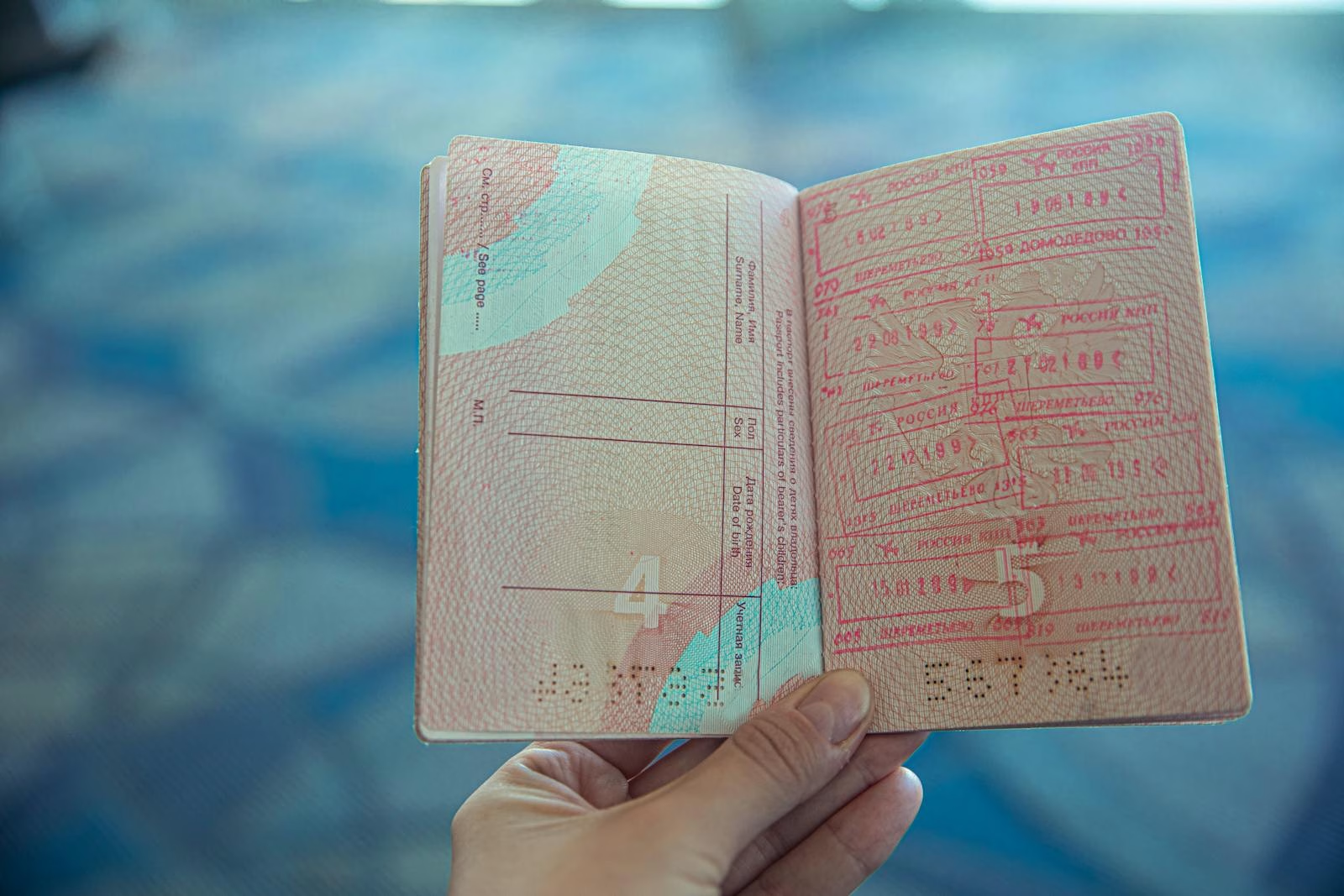Hey there, fellow traveler!
Have you ever been in that moment at the airport where your heart races just a bit? You know the one, when you hand over your passport and pray everything’s in order. Trust me, I’ve been there more times than I’d like to admit. But let me tell you about something that’s made my life easier and could do the same for you – the RFID passport.
In this post, we’re going to chat about what an RFID passport is, why it’s a game-changer for travelers, and some real-life examples to give you a better picture. So, grab a cup of coffee, and let’s dive in!
What is an RFID Passport?
An RFID (Radio Frequency Identification) passport is a type of biometric passport that includes an embedded electronic chip. This chip stores important information, including your name, date of birth, and biometric data like your facial image and fingerprints. Essentially, it’s a digital version of your passport data that can be read by special scanners.
According to the U.S. Department of State, these passports are designed to enhance security and expedite the immigration process . Now, let’s break down why this matters to you and me.
Why You Need an RFID Passport
1. Enhanced Security: One of the main benefits of RFID passports is the added layer of security. The embedded chip makes it much harder for counterfeiters to replicate your passport. I remember reading about a case where someone had their passport cloned and used for illegal activities. With an RFID passport, the chances of this happening are significantly reduced.
2. Faster Immigration Process: Have you ever stood in a long immigration line, tapping your foot impatiently? With RFID passports, many airports have introduced automated e-gates. These gates read the information from your passport chip and quickly verify your identity, speeding up the whole process.
3. Easier Travel Documentation: I used to carry around a bulky folder with copies of all my travel documents. Now, with everything stored digitally in my RFID passport, my load is much lighter, and my mind is at ease.
How Do RFID Passports Work?
The magic of RFID passports lies in the tiny chip embedded in them. This chip contains a unique identifier and can store data. Here’s a simple breakdown of how it works:
- Data Storage: The chip in your passport stores your personal and biometric information securely.
- Data Encryption: To ensure your data is safe, RFID passports use encryption. This means that even if someone tries to intercept the information, they won’t be able to read it without the proper decryption key.
- RFID Readers: At immigration checkpoints, special RFID readers scan your passport. These readers communicate with the chip, retrieving your information quickly and securely.
Real-Life Examples
Let me share a couple of personal anecdotes to show you how RFID passports have made a difference in my travels.
The Business Trip: A few months ago, I had a last-minute business trip to London. I was already stressed about my presentation and the tight schedule. When I landed at Heathrow, the immigration lines were enormous. Luckily, I noticed the e-gates for RFID passport holders. Within minutes, I was through immigration, saving me at least an hour. I even had time to grab a coffee before my meeting!
The Family Vacation: Last summer, my family and I went to Tokyo for a vacation. Traveling with kids can be chaotic, especially when it comes to keeping track of documents. Our RFID passports were a lifesaver. At Narita Airport, we used the automated gates, and the kids thought it was the coolest thing ever. Plus, it gave us more time to explore the city rather than standing in line.
RFID Passport Safety Concerns
I know what you might be thinking – all this tech sounds great, but is it safe? The short answer is yes, but let’s dive into some specifics.
1. Data Theft: There’s a lot of buzz about the potential for RFID skimming, where criminals use RFID readers to steal your information. However, most RFID passports come with protective measures like Basic Access Control (BAC) and Advanced Encryption Standard (AES) to prevent unauthorized access .
2. RFID Blocking Sleeves: For added peace of mind, you can use an RFID-blocking sleeve or wallet. These accessories block any unauthorized RFID readers from accessing your passport data. I personally use one and it’s a small investment for big peace of mind.
3. Government Regulations: Governments around the world have stringent regulations to ensure the safety and privacy of RFID passport data. This includes regular updates to encryption standards and security protocols .
Choosing the Right RFID Passport Accessories
Since we’re talking about safety and convenience, let’s discuss some handy accessories that can enhance your RFID passport experience.
1. RFID-Blocking Wallets: As I mentioned earlier, these wallets protect your passport from unauthorized scans. Brands like Secrid and Travelambo offer stylish and effective options.
2. Passport Covers: A good passport cover not only protects your passport from physical damage but can also include RFID-blocking technology. Look for covers from brands like Bellroy or Tumi.
3. Travel Organizers: Keeping all your travel documents in one place can be a game-changer. RFID-blocking travel organizers from brands like Zoppen or Zero Grid are excellent choices.
Final Thoughts
Traveling is one of the most enriching experiences, but it comes with its share of stress. An RFID passport can significantly reduce that stress by providing enhanced security and speeding up the immigration process. It’s a small piece of tech that makes a big difference.
So next time you’re planning a trip, make sure your passport is up-to-date and consider investing in some RFID accessories. Safe travels, and may your journeys be filled with amazing experiences and zero hassles at the airport!
